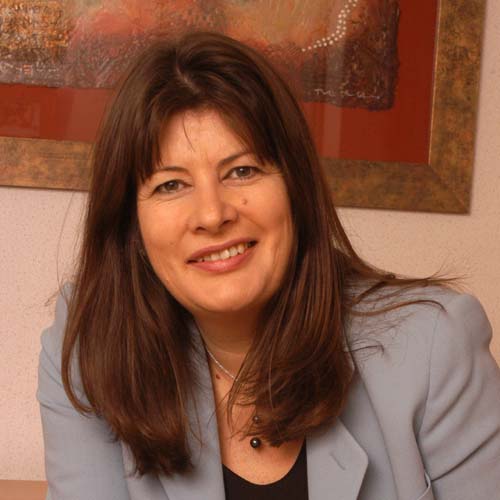By Caroline Dunk, Director at cda
HR professionals have a key role in helping their organisation to deliver its medium term strategy by supporting the development of individuals, teams and leaders to cope with organisational change. Important questions to ask the business are:
- ‘What individual talent do we need to make this strategy happen?’
- ‘What team capability do we need to make this strategy happen?’
- ‘What do our leaders need to be good at to make this strategy happen?’
Let’s take each of these three areas in turn

Talent
Accenture suggests there is a formula for talent that can help HR professionals and line managers make individuals more productive:
Talent = Competence x Commitment x Contribution.
Competent individuals have the knowledge, skills and values required for today’s and tomorrow’s jobs. But competence alone isn’t enough; competent employees who are not committed will probably fail to deliver against the requirements of their role.
Equally, employees may be competent and committed, but unless they are able to find purpose through their contribution to the organisation, their interest and productivity will probably diminish.
In this talent equation, the three terms are multiplicative, not additive. If any one element is missing, the other two will not replace it. Leaders who can engage individuals to optimize each of these three dimensions will get the most out their people.
Teams
But individual talent is not enough. Great individuals who do not work well together as a team will not be successful:
- In football, the winner of the Golden Boot (the highest scorer) is on the team that wins the World Cup only 20% of the time
- In basketball, the player who scores the most points is on the team that wins the NBA finals only 15% of the time
- In film, the winner of the Oscar for best actor/actress is in the film that wins the Oscar for best picture only 15% of the time
So individual talent may succeed 15 to 25% of the time, but teamwork matters most.
McKinsey says the challenge is “shifting focus from individual competency to organisational capability”. They also report that organisational capabilities will become more important than individual competencies. Nearly 60% of respondents to a recent McKinsey survey said that building organisational capabilities in areas such as lean operations or project management is a top-three priority for their companies. Yet only a third of companies actually focus their training programmes on building the organisational capability that adds the most value to their company’s business performance.
HR professionals need to develop organisational capability by focusing development resources on team design, team dynamics, team processes and organisational culture as well as individual talent. The development of organisational capability in support of business goals results in the whole organisation being more than the sum of the individual parts (individual talent) and so being more successful.
Leadership
Ultimately, leaders bring together both individuals and teams to deliver business strategy. The role of leaders and leadership is pivotal in the success of the business, as leaders define direction, build engagement and steer the course into the future.
There are five ways to improve the quality of leadership:
- Build the business case for great leadership. Organisations with leadership quality and depth have the capacity to respond to changing business conditions, execute strategy, increase investor confidence and anticipate customer requirements. There is a clear business case for investment in leadership
- Define leadership effectiveness from the outside in. If we are truly customer focused, our external customers or our brand defines internal leadership standards and behaviours. When leaders inside the company behave consistently with the expectations of their customers and other external stakeholders, leadership is more effective in delivering strategy
- Assess leaders and help them to grow. Leadership 360s may be expanded to 720s. Customers, suppliers, communities, regulators, or other external stakeholders may be included for an external perspective. Assessment may also help determine high potential and future leaders by looking at the extent to which they have aspirations to lead, to focus on customers, their ability to meet future standards and the agility to learn and grow
- Think about the development that you provide. We often talk about the ’70:20:10’ model of learning and development (70% job experience, 20% coaching and support, 10% classroom training). Maybe for leadership this should shift to a different mix, emphasing the need for business leaders to focus on internal learning and improvement and best practice sharing with colleagues
- Measure leadership. If the role of leaders is to develop organisational agility, improve competitiveness and increase productivity, then that’s the way that we should be measuring them. It’s not just about profitability and shareholder value; a combination of qualitative and quantitative measures such as business KPls and leadership performance competencies (assessed by 360 or 720 feedback) would provide a better measure of leadership capability
Conclusion
HR professionals have an important role to play in ensuring that their organisation optimises its performance by developing individual talent, organisational capability and leadership. It is the combination of these three factors that drives sustainable improvements in business performance.

